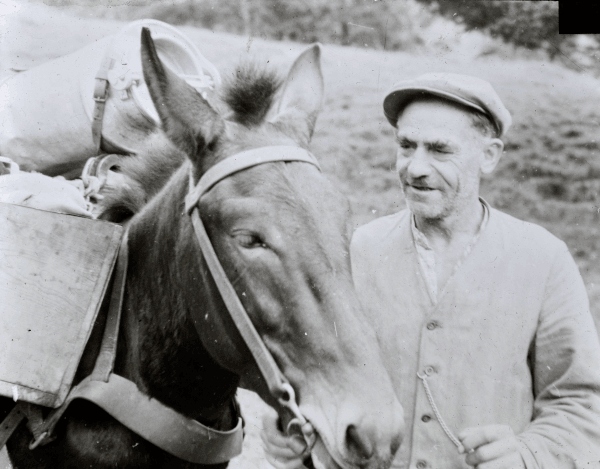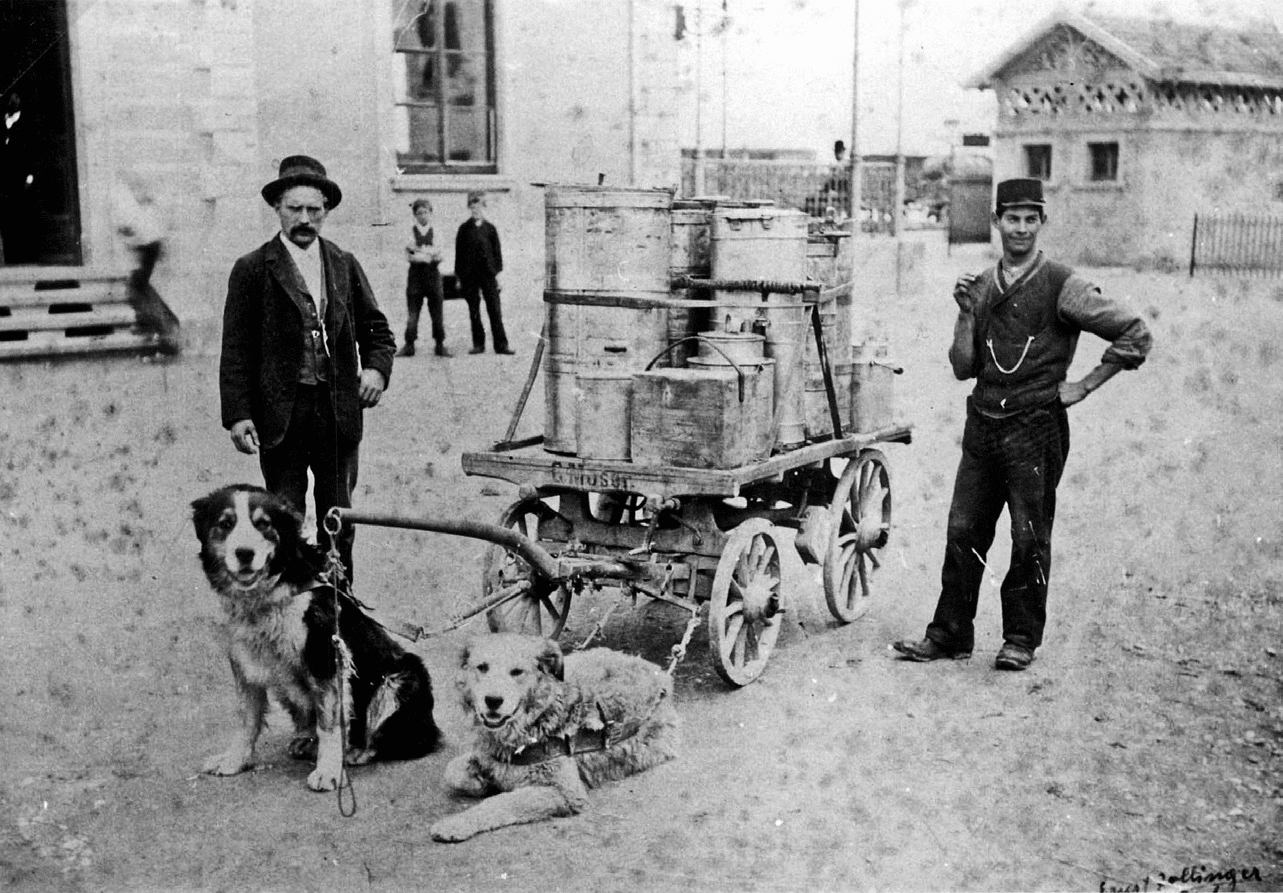Research



Cultures and Spatial Orders of Working Animals. Foundations for a History of Animal Carrying and Hauling Work
The ARH research project, funded by the SNSF, focuses on questions concerning the numbers, husbandry, breeding and skills of animals doing work, as well as the conditions in which they were working. We are interested in the collaborations of humans and animals in work contexts, in the logics of dealing with living resources, and in the behaviours and working capabilities of animals. These human-animal work contexts gave rise, according to the thesis, to spatial orders and working cultures whose historical reconstruction lies at the heart of the project.
Thematically, we focus on the moving forces of working animals and the contexts of their working contexts. In these, agriculture and the transport industry were often interconnected. Temporally, we focus on the two centuries from the mid-18th to the mid-20th century. During this long period, working animals were central actors in the modernisation processes in agriculture and transport. This is also and especially true for the period in which the railways revolutionised transport and agricultural work became increasingly mechanised. Using film sources, we will also explore the question of what roles working animals still played in the second half of the 20th century and how they were perceived in the age of motorisation.
The research project integrates interests of recent agricultural and transport history and human-animal studies with an empirical approach working closely with the source. It contributes to a better understanding of the history of transport and agriculture and is of high social relevance, as current environmental discussions generate a growing need for historical interpretation of the potentials and limits of the use of living resources.
The research project is being carried out in an institutional cooperation between the Archives of Rural History (ARH), the Department of Economic, Social and Environmental History (WSU) at the Institute of History of the University of Bern and ViaStoria, the Foundation for Transport History.
The three-year project (2020-2022) is headed by Peter Moser. The main researcher is the transport historian Hans-Ulrich Schiedt. Andreas Wigger is primarily concerned with the film sources and their indexing and publication. (www.ruralfilms.eu). In April 2024, Chronos will publish the monograph resulting from the project "Auf den Spuren der Arbeitstiere. Eine gemeinsame Geschichte vom ausgehenden 18. bis in die erste Hälfte des 20. Jahrhunderts".
Publications from the project
Juri Auderset, Peter Moser, Hans-Ulrich Schiedt (Hg), Arbeitende Hunde – die Arbeit der Hunde. Eine historische Spurensuche, Bern 2021.
Peter Moser, Hans-Ulrich Schiedt, Arbeitstiere im langen 19. Jahrhundert. Empirische Evidenzen und soziale Kontexte, Schweizerisches Jahrbuch für Wirtschafts- und Sozialgeschichte 2021 (in print).
Hans-Ulrich Schiedt, Arbeitende Hunde – die Arbeit der Hunde, in: Zeitschrift der Schweizerischen Kynologischen Gesellschaft SKG 3/2022, S. 14-16.
Hans-Ulrich Schiedt, Auf den Spuren der Arbeitstiere. Eine gemeinsame Geschichte vom ausgehenden 18. bis in die erste Hälfte des 20. Jahrhunderts, Zürich 2024 (in print).
Andreas Wigger, Bewegende Tiere auf bewegten Bildern. Filme als Quellen und Vermittlungsformat zur Geschichte der arbeitenden Tiere in der Zeit der Massenmotorisierung (1950-1980), Masterarbeit, Fribourg 2023.

